Navigation ⛵
Mass density
The mass density of an object is the ratio of its mass m to its volume V (mass density is denoted by ρ).
So the formula for mass density is: ρ = m / V
The unit of ρ depends on those of m and V:
- If m is in kilograms (kg) and V is in liters (L) then ρ is in kg/L
- If m is in grams (g) and V is in milliliters (mL) then ρ is in g/mL
- If m is in kilograms (kg) and V is in cubic meters (m3) then ρ is in kg/m3, etc...
Important property: The value of mass density is characteristic of a pure substance.
For example, if the mass density is 1kg/L, I am sure it's water because this mass density value is characteristic of water.
I suggest you use this property to find the mass density of an unknown liquid (Time to work! 😁).
In the laboratory, we poured a colorless liquid into a container but forgot to label it, it could be one of the following liquids:
Method (protocol) to Identify the unknown liquid (randomly generated):
- Make a list of the equipment to use.
- Measure the volume.
- Find the mass.
- Deduce the mass density, then identify the unknown liquid.
1. Choosing your equipment
You'll need to measure the volume of the unknown liquid and then weigh it, so choose the appropriate equipment.





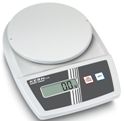


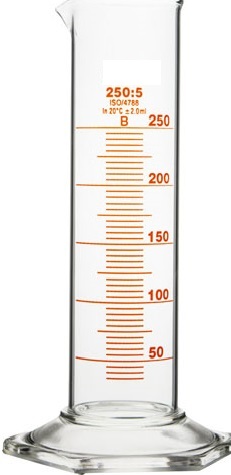
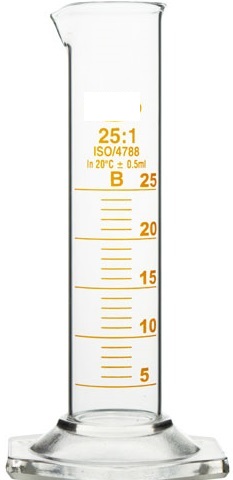
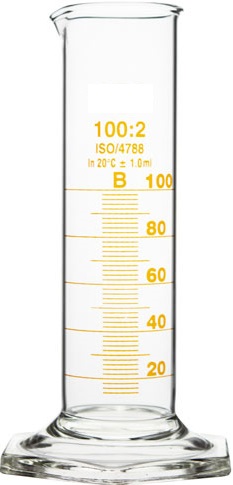
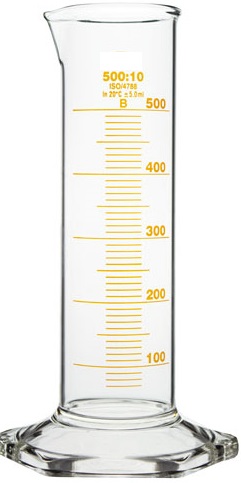



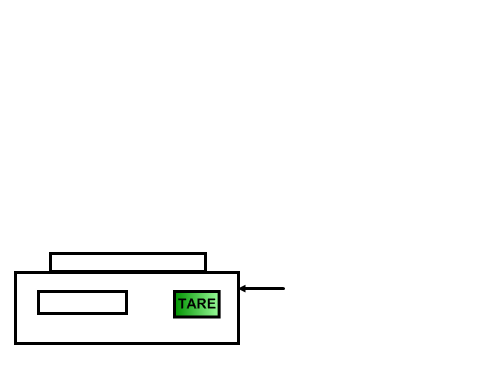

- 250 mL graduated cylinder
- electronic balance
- Note: when you press the TARE button, the balance displays 0g
Click on "I've obtained the mass of the liquid" when the balance shows the correct mass
4. Identify the unknown liquid !
Based on the above elements, calculate the mass density and identify the liquid